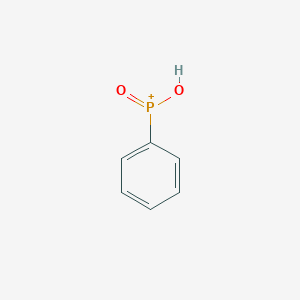Authentic English, a rigorous statement, on July 31, Kuala Lumpur, let Zhang Li become a member of the Beijing Shen Dongao delegation. On August 6, he said in a interview with reporters: High concentration, frugality and sustainability are the core of the "Olympic 2020 Agenda". The 2022 Winter Olympics will have the opportunity to prove to the world that in a densely populated country like China, Sustainable development promotes urban construction and regional economic integration. Zhang Li, a professor at the School of Architecture at Tsinghua University, is the head of the Engineering Planning Technology Department of the Shen Dongao delegation. “Minimum manual intervention†is a question he often discusses with the team. Now the planning of the Winter Olympic Stadium is the result of efforts in this direction. “The three principles of Winter Olympics design have become more and more clear: 1. The same is important in the post-match period. Some venues even pay more attention to the use after the game. 2. All the venues of the snow project will become the winter training base of China in the future. Such as snowmobile sledding, ski jumping and alpine skiing. In summer, it is used as a place for tourism and outdoor sports. 3. Non-track facilities related to competitions, such as media centers and grandstands, are designed to be temporary. After the Winter Olympics, they will be replaced by permanent sports facilities that serve the needs of the public, such as the reserved space next to the professional track. After the Winter Olympics, small platforms such as 20 meters and 40 meters will be built. Shorter regular track for skiers; additional facilities such as parking, reception, changing, etc.," said Zhang Li. There are many misunderstandings about artificial snowmaking. Zhang Li believes that in the late 1990s, artificial snowmaking was an indispensable part of the competition even in areas with abundant natural snowfall, because artificially made snow is more suitable for the competition and safer for athletes; artificial snowmaking technology It is a water molecule recycling process, which itself has no pollution to the environment; the amount of water used for artificial snowmaking in Zhangjiakou and other places accounts for less than 1% of the local water supply, and will not affect the daily water use of local residents. For Zhang Li, Shen Dongao’s work has come to an end, but the pursuit of harmonious coexistence between man and nature, architecture and the environment has not stopped. Today, Zhang Li and his team are engaged in Panjiayuan market transformation, small town construction and other projects to explore the "transfer to sustainable cities with non-technical methods." Concerned about surprises Phenylphosphinic acid Basic Information
Phenylphosphinic Acid Structure
Water Solubility 7.7 g/100 mL (25 ºC)
Phenylphosphinic Acid Application Phenylphosphinic Acid CAS No.1779-48-2 Phenylphosphinic Acid,Oxidation Of Phenyl Phosphinic Acid,Phenylphosphonic Acid Reaction,Phenylphosphonic Acid Catalyst ShanDong YingLang Chemical Co.,LTD , https://www.sdylhgtrade.com
Product Name: Phenylphosphinic Acid
CAS: 1779-48-2
MF: C6H7O2P
MW: 142.09
EINECS: 217-217-3
Mol File: 1779-48-2.mol

Melting point 83-85 °C(lit.)
Boiling point 180 °C
density 1.376
form Crystalline Solid
color White
Antioxidants. Promoter of organic peroxide catalyst.
Architect Zhang Li: Strive for the planning of the Winter Olympics venue to achieve "minimum manual intervention"